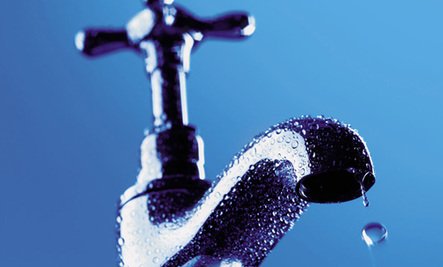The entire water discharge load from above sources can be recycled after treatment in the following manner and reuse in toilets, washrooms, garden and other washing purposes. This is achieved by installing a simple semiautomatic recycled water treatment plant.
‘Water…Water…Everywhere, not a drop to drink…’
These famous lines of Coleridge, seems to come true in recent times and a reality in the near
future.
We are all aware of the urgent need to conserve water today, especially drinking water, which is becoming a precious resource and dearer day by day. The drinking water supply, although enormous, fails to fulfill the requirement for the fast growing population and its needs, Especially in the city of Mumbai, the situation is alarming.
It is a fact that the Bruhan Mumbai Muncipal Corporation (BMC) supplies the drinking water of a very good quality and a very enormous quantity, crores of liters of water daily to various nooks and comers of the city and suburbs. We use the same water not only for drinking and cooking but also for toilet use, washing, cleaning, gardening etc. We end up paying for the water largely for other purposes apart from drinking and still face a shortage due to restricted water supply.
In the given scenario, the question arises; can we do anything at our end to solve this problem to some extent? The answer lies in ‘Recycling of water’ which is an easy solution in order to save this precious commodity. This can be easily brought into.practice in schools.
The water used in schools in Mumbai is received through the piped water supply by the municipal corporation which is a treated drinking water.
The water in a typical educational institute can be recycled from the following-sources:
1. Toilets/ washrooms
2. Canteen
3. Laboratories.
4. Excess water from gardening.
5. Human consumption sources such a water cooler etc.
The entire water discharge load above sources can be recycled after treatment in the following manner and reuse in toilets, washrooms, garden and other washing purposes. This is achieved by installing a simple semi-automatic recycled water treatment plants.
The following 6 steps are taken for water recycling:
1. The used dirty water is first biologically treated in a storage tank.
2. This water is then passed through a collection tank consisting of baffle wall at inlet & outlet.
3. The collection tank provides adequate residence time to separate the suspension by gravity.
4. The dirty untreated water overflows from liquid solid separate to the dirty treated water storage tank post in line chlorination.
5. The recycle pump pumps the dirty treated water through pressure sand filters to ensure complete removal of suspension.
6. Treated recycled water is finally stored in a tank and is reused in lavatories, toilets and for gardening.
Thus by following this simple procedure, which requires not much infrastructural needs.
We can save a great deal of drinking water and be self sufficient at the same time. This will also instill a sense of love for nature and natural resources in the students who will carry it further to the society at large. Thus we can educate them on this important topic not just by preaching about it but also practicing in the schools, giving them the first hand experience of recycling water.
A small step taken by each school will yield huge results and will also be service to the human kind by spreading the value to conserve the precious gift of clean water that nature has given us abundantly.
Click here and view Article on shikshan sankraman-magazine-november-2016-17







Fully accept this – its never easy to get points like this around
but you’ve done an admirable job for your viewers